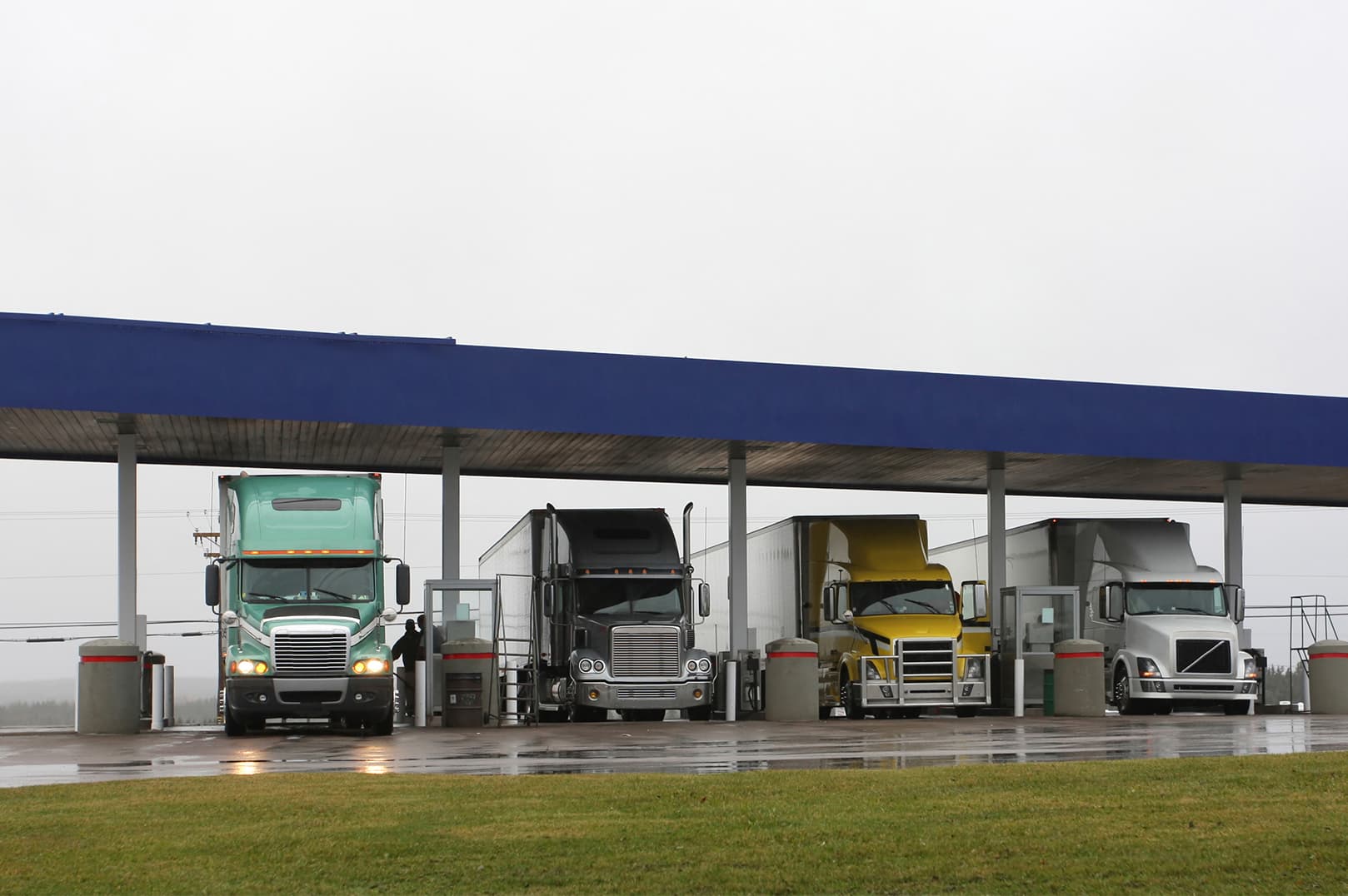
resources
OUR BLOG
- Ask the Liability Adjuster (1)
- At-Risk Behaviors (2)
- Avoiding Injury (3)
- Backing Safety (2)
- Cargo Claims (1)
- Cargo Theft (1)
- Cell Phone Safety (1)
- Cell Phone Use While Driving (1)
- Claims (2)
- Collision Prevention (1)
- Company Culture (17)
- Complacency (1)
- Compliance (16)
- Continuous Improvement (2)
- Crash Prevention (3)
- Critical Crashes (1)
- cyber crime (1)
- Disaster Planning (1)
- Driver Education (7)
- Driver health (3)
- Driver Retention (2)
- Driver Safety (42)
- Driver Training (4)
- Drivers (126)
- Driving Hazards (3)
- Driving Tips (36)
- Drug and Alcohol Testing (1)
- ELD (13)
- Emergency Planning (1)
- Employee Management (5)
- Employee Retention (9)
- Fatigue related crashes (1)
- Fleet Management (1)
- FMCSA (2)
- Health and Wellness (28)
- Heat-Related Illness (1)
- hiring (1)
- Hiring & Retaining Employees (10)
- Inspections (1)
- Jaccknifes (1)
- Leaders (62)
- Liability (2)
- Liability Claims (1)
- Mirrors (1)
- Motor Carriers (1)
- Motor Drivers (1)
- On-board/In-vehicle cameras (1)
- Operations (45)
- Operations Personnel (129)
- Org. Management (22)
- Pre-Trip Inspection (1)
- Preventing Crashes (23)
- Preventing Injury (6)
- Professionalism (1)
- Quality Drivers (1)
- Refrigerated Cargo (1)
- Refrigerated Carriers (1)
- Regulations (4)
- Regulatory Compliance (4)
- Regulatory Updates (1)
- Requirements (1)
- Risk Management (59)
- Road Rage (1)
- Road Test Tips (1)
- Safe Workplace (2)
- Safety (30)
- Safety Culture (4)
- Safety Training (3)
- School Zone Safety (1)
- Seasonal Driving Hazards (21)
- Shop Safety (4)
- SMS (2)
- Total Cost of Risk (4)
- Training and Education (2)
- Truck insurance (5)
- Truck Parking (1)
- Truck safety (2)
- Trucking Concerns (1)
- Trucking Industry (1)
- Winter Driving (1)
- Winter Weather (1)
- Workers' Compensation (2)
- Workplace Injuries (1)


Great West |
Tips to Maximize Dock Safety
Loading docks are full of hazards that can lead to a serious injury or illness....

Great West |
Preventing Cargo Theft During the Holidays

Great West |
Rules of the Road Include Professionalism & Safety
‘Knights of the Road’ refers to a period when truck drivers had a knightly reputation for...

Great West |
Protecting Parked Equipment from Fires
A fire can be a devastating financial event for a trucking company or a driver. Modern trucks...

Great West |
Try blended learning to improve safety training
Are your safety meetings effective? The traditional instructor-led approach involves one person...

Great West |
5 ways a safety mindset can lower your insurance rates
Being safety minded has its benefits for any employer. For motor carriers, however, it is crucial...

Great West |
5 ways to Improve Fuel Economy
Fuel is a major expense. Because it is a variable cost, meaning it can fluctuate...

Great West |
Leaders do not have all the answers
Contributed by John Graci, Graci Leadership Solutions, LLC
Being a leader means many things,...

Great West |
Generational Leadership for a Diverse Workforce
Motor carriers are not strangers to the challenges of leading a multi-generational workforce....

Great West |
Post-pandemic planning
At the time of this writing, the coronavirus (COVID-19) pandemic is still with us. Stay-at-home...

Great West |
Time Management
Time management is an essential skill for any professional driver. Managing...
